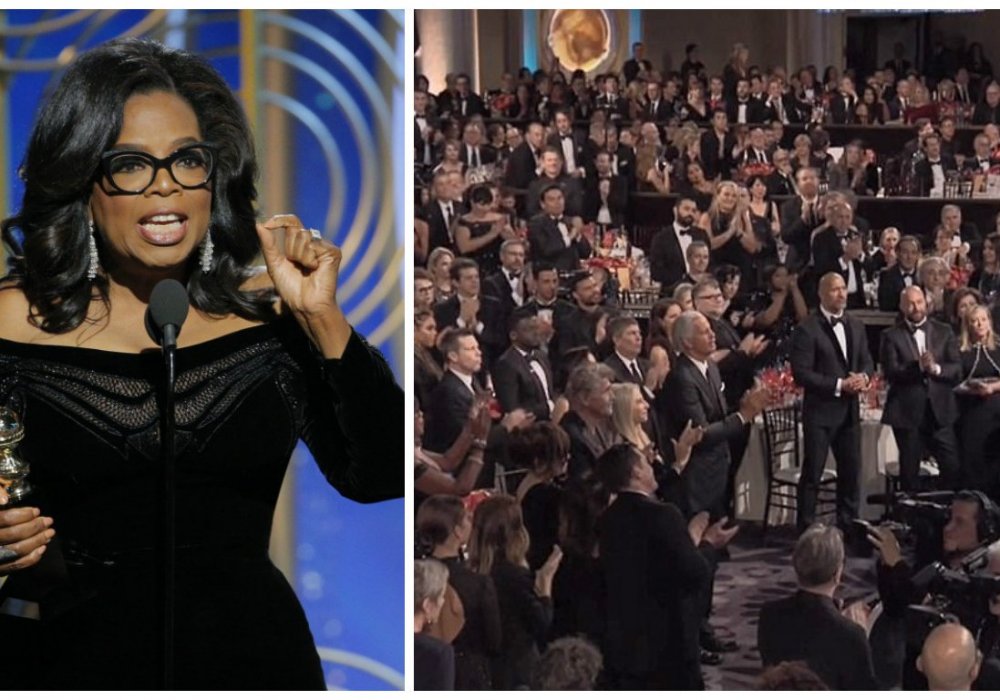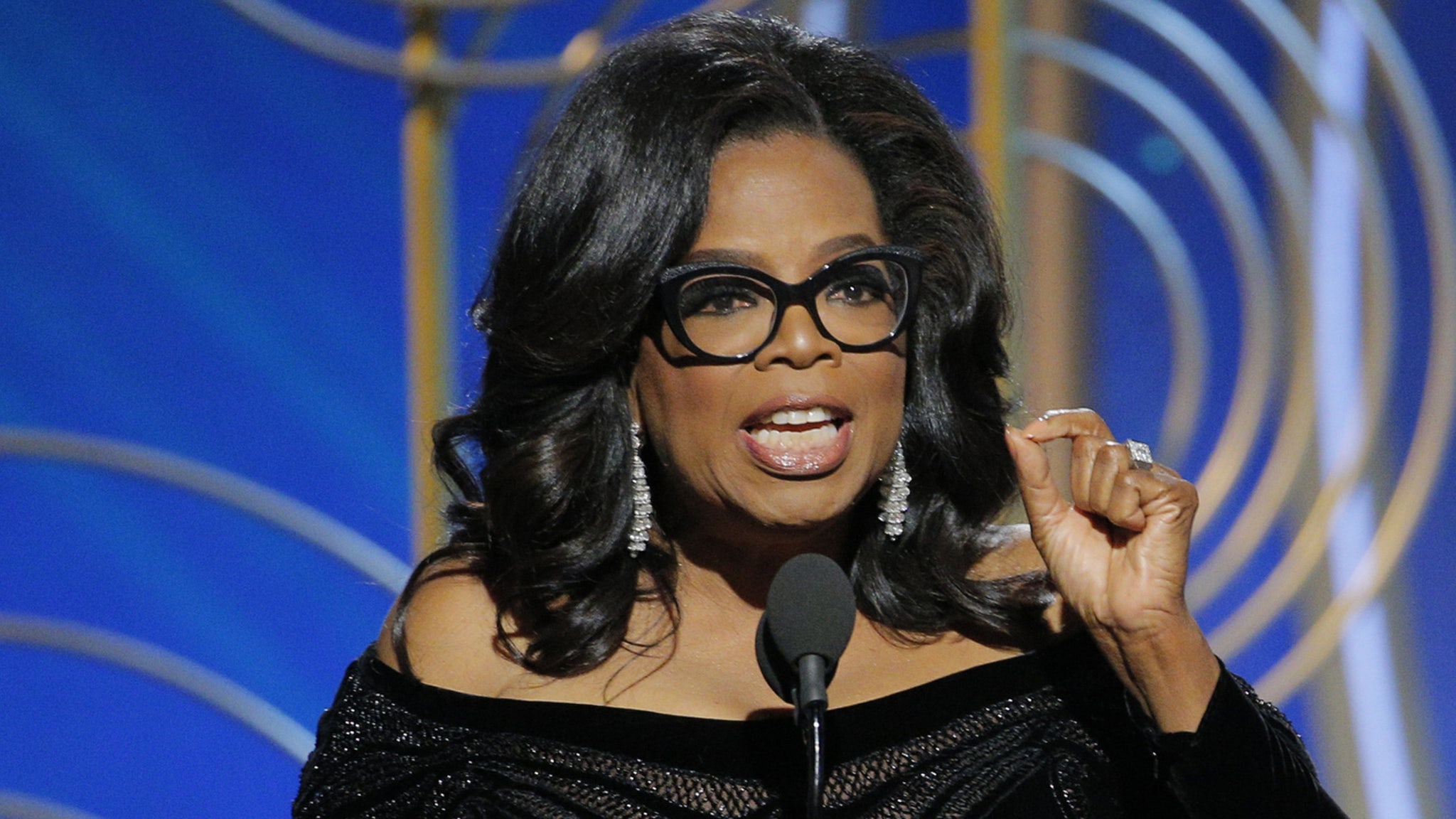The provided passage delves into the intricate web of controversies surrounding media mogul Oprah Winfrey. It portrays a narrative of disillusionment with a figure often revered as a paragon of philanthropy and empowerment, especially within the black community. The text lays bare a series of allegations and criticisms levied against Winfrey, particularly in her dealings with black artists in the entertainment industry.
Beginning with rapper 50 Cent’s vocal opposition to Winfrey’s alleged undermining of black artists, the passage suggests a brewing storm of discontent within Hollywood’s black community. It outlines 50 Cent’s history of challenging Winfrey’s actions, citing instances where he supported fellow artists like Mo’nique and Ludacris in their conflicts with Winfrey. This sets the stage for a broader examination of Winfrey’s purportedly manipulative behavior towards those she perceives as threats or nuisances.

Central to the narrative is Winfrey’s purported role in tarnishing the careers of artists like Mo’nique, Ludacris, and Tony Braxton. Through selective editing and negative framing, Winfrey is portrayed as wielding her immense influence to paint these artists in an unfavorable light, contributing to their professional setbacks. The passage suggests that Winfrey’s actions extend beyond mere journalistic integrity, veering into a realm of personal vendettas and power plays.

Moreover, the text delves into Winfrey’s involvement in controversial cases such as the Michael Jackson saga and her relationship with individuals like Harvey Weinstein and Jeffrey Epstein. It insinuates a pattern of selective outrage and moral grandstanding, wherein Winfrey purportedly chooses which scandals to amplify and which to ignore based on personal interests or connections. This portrayal challenges the perception of Winfrey as a beacon of moral authority and highlights the complexities of her public persona.
Furthermore, the passage scrutinizes Winfrey’s philanthropic efforts, particularly her school in South Africa, which faced allegations of misconduct and controversy. It suggests a dissonance between Winfrey’s public image as a benevolent benefactor and the darker undercurrents of her associations and actions. This dissection of Winfrey’s philanthropy serves to underscore the broader theme of disillusionment with an icon once held in high esteem.

In sum, the passage paints a multifaceted portrait of Oprah Winfrey, revealing layers of complexity and contradiction beneath her public persona. It challenges prevailing narratives of Winfrey’s benevolence and moral authority, instead presenting a narrative of manipulation, exploitation, and personal ambition. Through the lens of Hollywood’s black community and beyond, the text invites readers to reconsider their perceptions of a media titan whose legacy may be more nuanced than meets the eye.